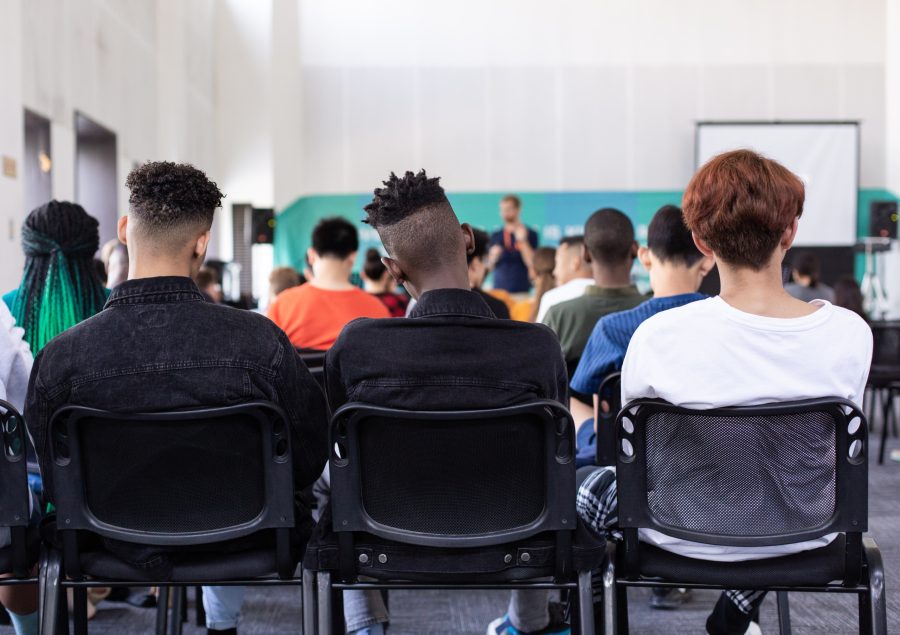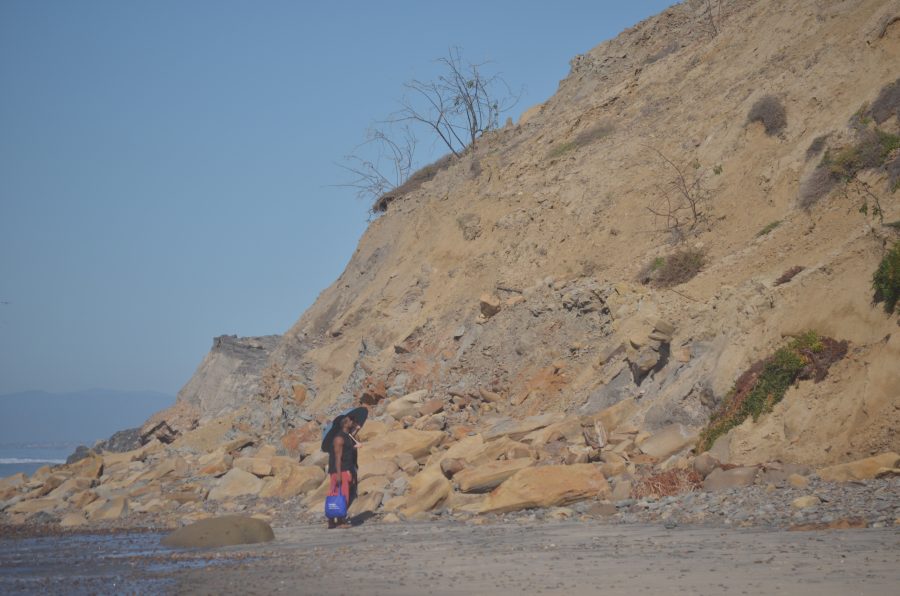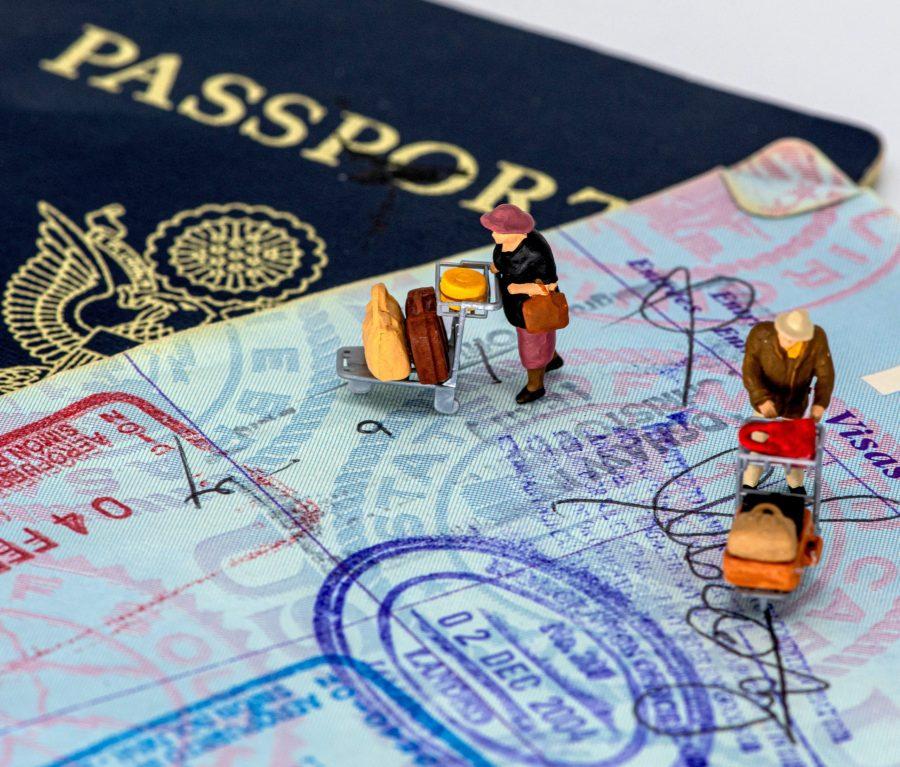ì[No student] wants a teacher who sits at the front of the class and just talks for an hour,î said Hiram Gonzalez, a social studies and world history teacher at Standley Middle School in San Diego.
So while local schoolchildren were enjoying their summer vacations, many of their teachers were busy developing multimedia technology at a summer computer-technology training camp, TeacherTECH, at the San Diego Supercomputer Center (SDSC) at UCSD. The two-week training course, based on a similar program at Rice University in Houston, was first organized in 2001 by SDSC education department Director Rozeanne Steckler.
Held each summer, the program was formed in 1998 with a grant from the National Science Foundation to develop human resources across a wide range of science disciplines by using innovative new information technologies.
When TeacherTECH first began, the goal was to bring technology into the classroom. Since then, the goal remains the same, but the program has been refined, taking into account the needs and skill levels of the schoolteachers, because some teachers did not have the skills necessary to take the initial course. The program now offers a computer basics course to help teachers learn to use computers and technology effectively, in addition to a course on interactive curriculum design.
Participants in this yearís program had high expectations.
ìAll of these teachers were very determined to be more effective in their classrooms while also providing much more engaging learning experiences,î TeacherTECH instructor Anne Bowen said.
The unique program was attended by twelve elementary, middle school and high school teachers each from Borrego Springs, Encinitas, San Diego, San Dieguito, Escondido and San Marcos, most of whom signed up on their own.
ìThe teachers have told us thereís nothing like this out there,î said Ange Mason, project manager for education for SDSC.
With an idea of what they wanted to accomplish before they began their course, the teachers developed projects in nearly all subject areas, including math, social science, writing and physical education.
ìThey thought (the technology) would be a wonderful tool to help children learn,î Mason said.
TeacherTECH was especially valuable to teachers who did not yet have the skills to create their own educational modules. Leslie Gushwa, an accomplished Web page designer and a former San Diego County Teacher of the Year from San Dieguito High School Academy in Encinitas, had an idea for an ìAstronomy Laboratory tutorialî but didnít know how to create it.
TeacherTECH instructors assisted her with programming steps needed to make her idea possible.
ìI went home exhausted every day for the two weeks, but I felt engaged, inspired, and motivated,î she said.
Around California and across the country, multimedia content has become a popular way to engage technology-savvy students. Hiram Gonzalez, who developed a ìMummies for Dummiesî project for a social studies class, says that he and other teachers are taking advantage of multimedia teaching resources when they are available, because the students become more enthusiastic.
Once he gets permission to use some copyrighted images, he will make the program ìavailable to other teachers, because we teachers need to integrate technology to keep pace with what is happening outside our classrooms.î
Mason agrees that the use of computers in classrooms is becoming increasingly important.
ìWith computers in every single classroom, and by having [students] learning on computers, itís the way of the future,î she said. ìBringing technology into the classroom makes learning much more engaging for students, since they can interact as they learn.î
According to Mason, itís inevitable that more students will be using such
technology in the classroom in the future.
The technology developed at TeacherTECH has received praise from outside the classroom as well. One of last yearís participants, John Barta, a math teacher at Balboa Elementary School in San Diego, won a $100 merit award at the 2003 ìSIGKidsî competition for his multimedia math project. SDSCís Steckler was pleased by the award.
ì[It] shows that in a two-week course, we can give skills to teachers who otherwise know very little about information technology,î she said. ìAnd these skills can enable teachers to develop award-winning pieces of curriculum.î
To view the projects, go to HTTP://WWW.EDUCATION.SDSC.EDU/TT2003/.







